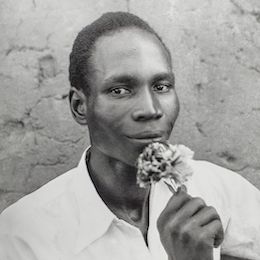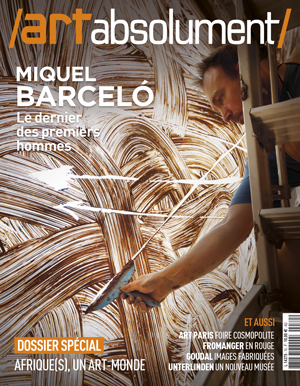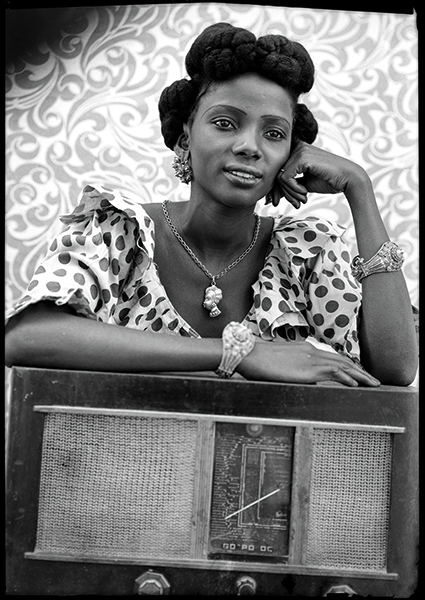Seydou Keïta
1921 (Bamako) / 2001 (Bamako)
Artist's webSite
Seydou Keïta explains that he never ceased to enhance the value of his clients at each session: "I was able to make someone look good. At the end, the photo was very beautiful. That's why I call it art. Men, for example, wear dashing three-pieces, like the film star Eddie Constantine. The women, in an Islamic society that forbids the display of bodies, remain in large traditional boubous, which Keïta takes the trouble to sculpt and harmonise with the patterns of his fabric backgrounds. Under the photographer's direction, they sometimes dare to replay the odalisque pose, or don gold, even though at the time, wearing any yellow metal adornment was considered a provocation to France.
Visual:
Seydou Keïta.
Untitled, 1959 (Self-portrait).
Modern silver print made in 1994 under the supervision of Seydou Keïta and signed by him. 60 x 50 cm. Geneva, Contemporary African Art Collection.
© Seydou Keïta / SKPEAC / photo courtesy CAAC - The Pigozzi Collection, Geneva
Artist's webSite
Seydou Keïta explains that he never ceased to enhance the value of his clients at each session: "I was able to make someone look good. At the end, the photo was very beautiful. That's why I call it art. Men, for example, wear dashing three-pieces, like the film star Eddie Constantine. The women, in an Islamic society that forbids the display of bodies, remain in large traditional boubous, which Keïta takes the trouble to sculpt and harmonise with the patterns of his fabric backgrounds. Under the photographer's direction, they sometimes dare to replay the odalisque pose, or don gold, even though at the time, wearing any yellow metal adornment was considered a provocation to France.
Visual:
Seydou Keïta.
Untitled, 1959 (Self-portrait).
Modern silver print made in 1994 under the supervision of Seydou Keïta and signed by him. 60 x 50 cm. Geneva, Contemporary African Art Collection.
© Seydou Keïta / SKPEAC / photo courtesy CAAC - The Pigozzi Collection, Geneva



